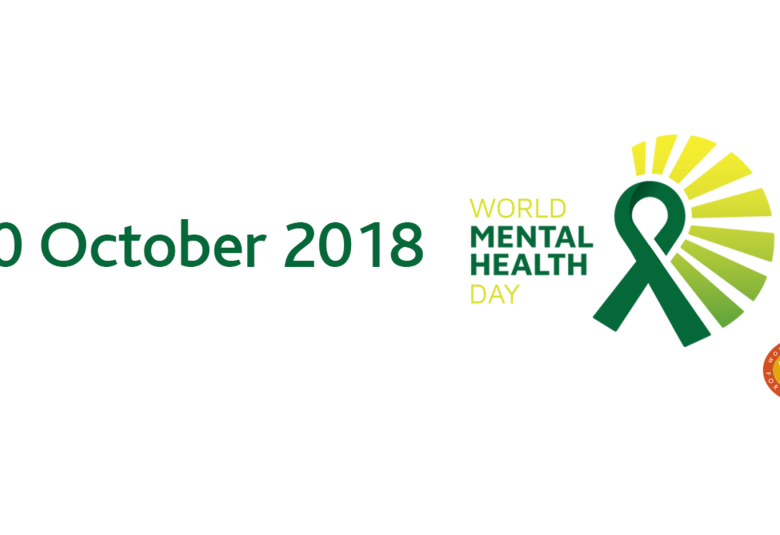Deciphering the diagnosis of depression
The DSM-5 and ICD-10 coexist in harmony to support and facilitate the diagnosis of major depression.
Two key resources are available to support and facilitate the diagnosis of mental disorders, including major depression. These are the Diagnostic and Statistical Manual of Mental Disorders, 5th Edition (DSM-5) and the International Statistical Classification of Diseases and Related Health Problems (ICD-10). These two resources coexist in harmony; DSM-5 describes the criteria and considerations of an accurate diagnosis of a variety of mental disorders, which are then identified using ICD-10 names and code numbers.
DSM-51
The most recent (2013) update of the American Psychiatric Association Diagnostic and Statistical Manual of Mental Disorders, DSM-5, provides a useful guide to mental disorders in clinical practice, and is frequently used by researchers and clinicians across a wide variety of specialties. It offers a wealth of information that is especially valuable to psychiatrists, psychologists, social workers, nurses, counsellors and therapists. For each mental disorder, it provides clear and concise diagnostic criteria to facilitate the objective assessment of patients in a number of settings, from primary care to hospital inpatients.
To find out more about DSM-5, click here.
ICD-102
The ICD-10 is a diagnostic tool that facilitates the global monitoring and reporting of diseases, by providing a universal language that can be applied in clinics across the world. By standardising the nomenclature of diseases, it ensures a consistency of data and information that can be shared accurately and comprehensively, independent of nationality or time.
The ICD-10 is available in 43 different languages, and is used by a broad audience, ranging from researchers, physicians and nurses to policy makers, health information managers and patient organisations.
To learn more about the ICD-10, click here.




